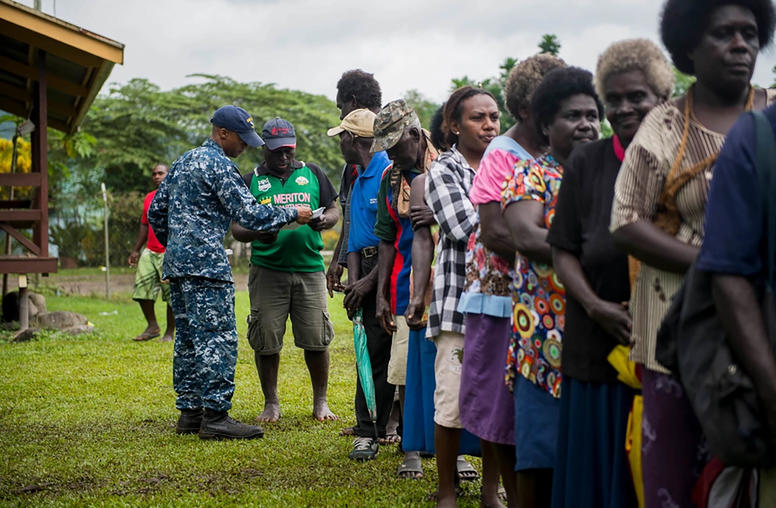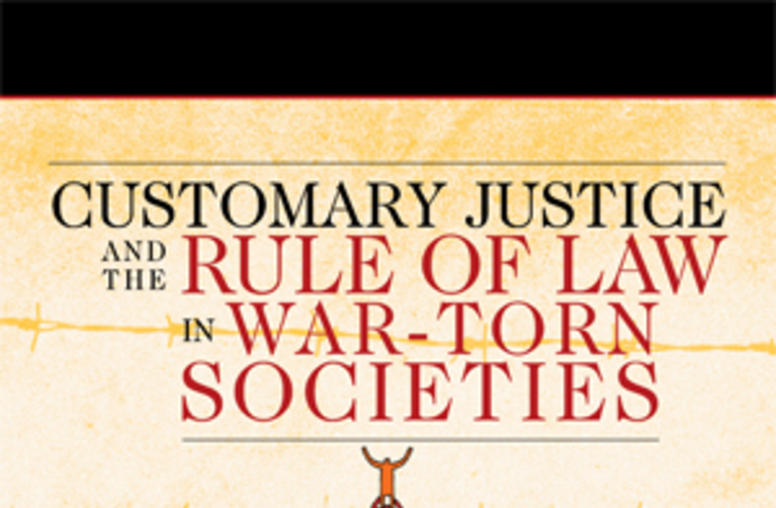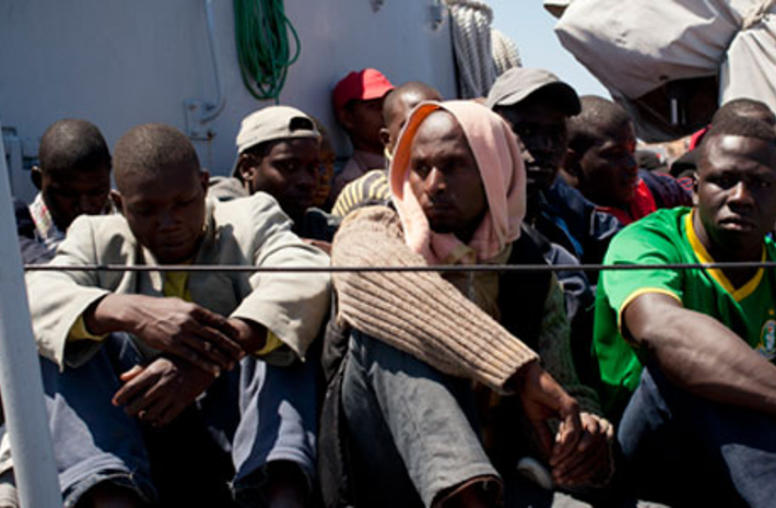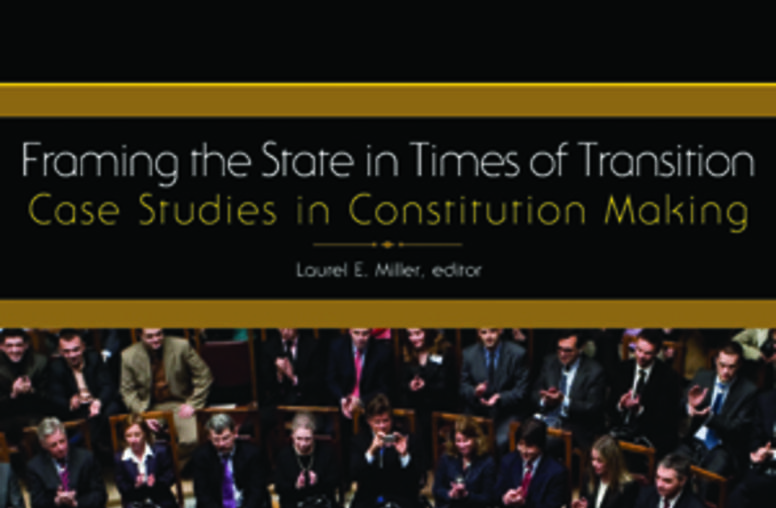Timor-Leste penetrates the world’s consciousness much less frequently than it did at the turn of the century when the Southeast Asian nation featured prominently in narratives about peacekeeping, state building, and approaches to peace and conflict, as its political leaders such as rebel leader turned statesman Kay Rala Xanana Gusmão gained global renown. And that relative silence is to Timor-Leste’s credit. The country is quiet and politically stable. Crazed driving is a bigger problem in the capital, Dili, than crazed men with guns.
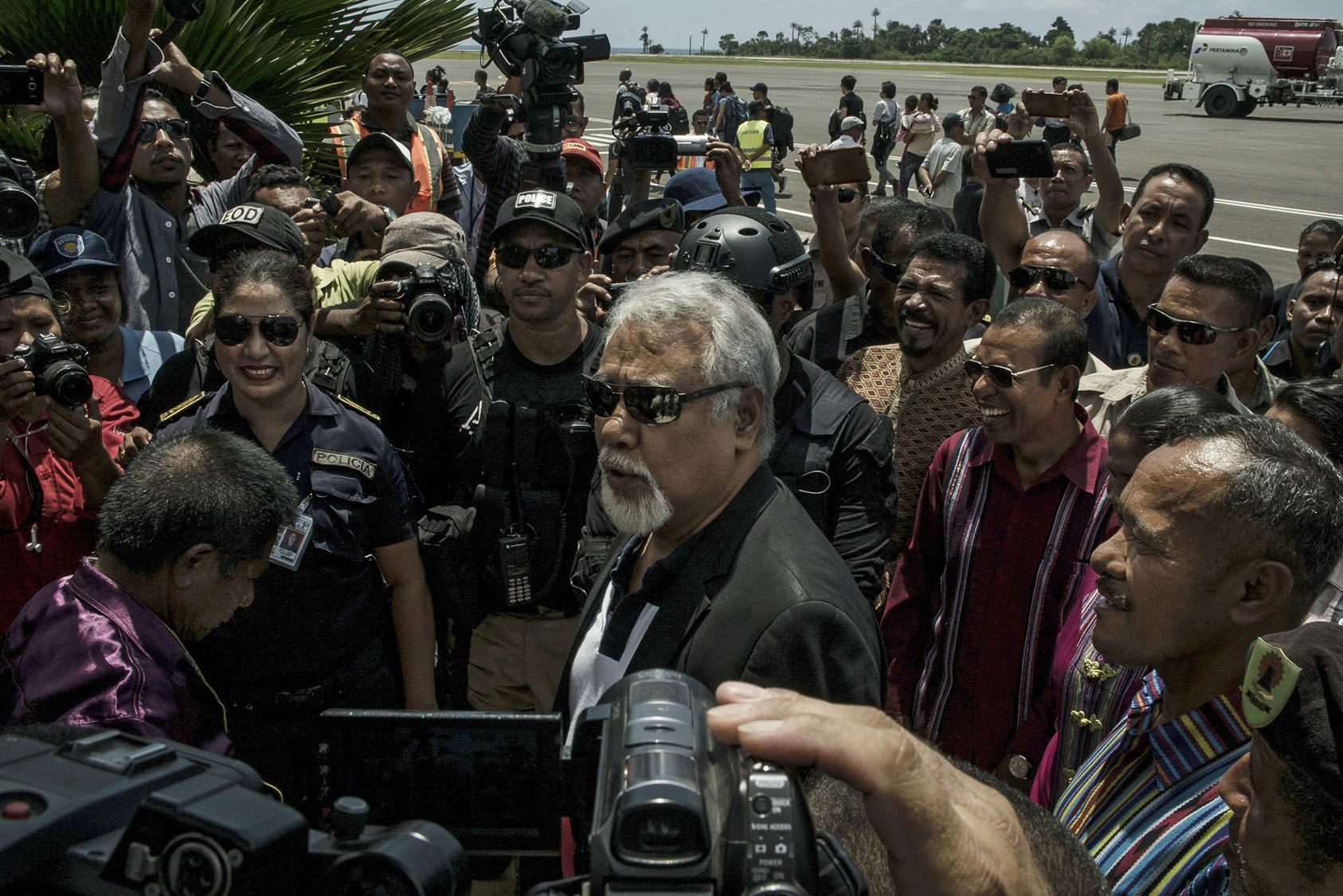
Two decades on, Timor-Leste is now part of different narratives, as a part-player in geopolitical competition between the United States and its ally Australia on one side and China on the other. In September, China and East Timor upgraded bilateral ties to a comprehensive strategic partnership. It seems to be on the way to joining the Association of Southeast Asian Nations (ASEAN), after a long lobbying campaign.
Earlier this year, Timor-Leste and ASEAN agreed on a “roadmap” that would pave the way for Dili to become the bloc’s 11th member. And just as 20 years ago, Xanana Gusmão, the country’s most omnipresent and complex leader, is a central, if not the central, player.
Gusmão Returns
Amid the cacophony of motorbikes, trucks and government convoys in Dili, the Xanana Gusmão Reading Room is a good place to take stock of the man for which it is named and the direction of his nation.
The museum displays Gusmão’s photos, prizes, medals and exhibits his shapeshifting persona. A bronze statue and multiple portraits present Gusmão in military fatigues, while he is suited in others, meeting world leaders everywhere from Beijing to the Vatican. Parked outside in the museum’s grounds is a reminder Gusmão is a survivor: a bullet-marked car he was in when renegade soldiers shot at it in 2008. In this Gabriel Garcia Marquez novel of a country, legend has it that his escape was facilitated by actual shapeshifting, his powers to transform into a dog to elude danger.
Gusmão has revolved through the great offices of the country he helped found. He was the president when independence was restored in 2002, and prime minister from 2007-15 before stepping back, reputedly, to hand power to a younger generation. But he never really left: king-making presidencies, chipping away at administrations of his rivals and leading the charge in a protracted dispute with Australia on maritime boundaries. The result was a 2018 treaty and the prospect of resolution to Greater Sunrise, a bounteous, untapped gas field that has long complicated bilateral relations.
Gusmão, 77, is back, front of stage. His party won most seats in this May’s elections, and he recommenced as prime minister, head of a 47-person cabinet. This five-year term will determine his nation’s future direction. His priority is that the south coast of Timor-Leste becomes a processing hub for Greater Sunrise. More than a billion U.S. dollars has been spent, including building a new international airport and part of a four-lane highway to service this facility, which presently doesn’t exist. Time is ticking. The gas remains under the seabed. His country risks going broke in less than a decade.
Who Is Xanana Gusmão?
Born during Portuguese rule in 1946, “Xanana” is a nickname, a modified version of Sha-na-na, an American doo-wop band popular in the 70s. He became involved in politics in his 20s, a member of the party that declared independence from Portugal in November 1975. It would be a short-lived nation. Indonesia invaded nine days later. Fleeing for the mountains, Gusmão unified and led the resistance until captured in 1992. Imprisonment in a Jakarta jail made him an icon, the Nelson Mandela of Asia. A painting of the two men smiling beatifically hangs on a Reading Room wall.
In Timor-Leste, opinions of Gusmão are as varied as the number of portraits of him in the museum. For many, he can do no wrong. He is “Maun Bo’ot”(Big Brother), “Avo ‘Nana” (Grandfather ‘Nana), “Lider Karismatiku” (Charismatic Leader), a Santa Claus figure with enchanted powers and omniscient acumen, beloved by everyone from taxi drivers to market traders.
His luster has faded for others. Critics look around their shoulders and fish out their phones to display videos showing erratic behavior which ranges from the odd — such as goofy dancing — to disturbing, such a Portuguese news report appearing to show him touching one woman’s breast and leaning in to kiss another during this year’s election campaign. During Dili’s COVID lockdown, he was filmed slapping a woman. Then there is his backing for Richard Daschbach, a now-defrocked American priest convicted of sexually abusing young girls under his care. His three sons, from his marriage to former wife Kirsty Sword, sent the victims letters expressing disappointment at their father.
How is such behavior overlooked? Timorese author and feminist Berta Antonieta directed me to pieces she has written about how impeccable resistance credentials of leaders such as Gusmão form part of the answer. There are “unwritten hierarchical rules” which put all “male national liberation fighters, particularly those who lived through the hardships of the occupation and won the fight for independence” on a pedestal. Direct reproach is taboo. One person who did not want to be named said criticizing Gusmão was akin to “a Christian criticizing Jesus Christ.”
For Antonieta, the political figure is not the story; the economic figures are. The country’s sovereign wealth fund amounts to $18 billion. Starting with Gusmão in 2009, successive governments ate into the capital, not just spending the interest as intended. Oil and gas account for 85 percent of revenues and with the only producing gas field likely exhausted this year, no foreseeable fresh money will come into the coffers. The average annual budget is $2 billion dollars, which means nine years remain before Timor-Leste runs out of money.
The country’s political system runs on oil and gas money. “The state,” groaned one observer "is like a giant ATM.” In the analysis of Nelson Belo, founder of Fundasaun Mahein, a security sector monitoring organization, Timor-Leste’s political leaders buy alliances through distributing state largesse, what Belo describes as “the rule of the deal.” Gusmão is not its sole practitioner as much as its most adroit. The rule of the deal coupled with reluctance to criticize credentialed leaders risks running the economy into the ground.
Australia Stops Resisting Gusmão’s Vision?
A well-stocked Timor-Leste section in the Reading Room contains English and Portuguese editions of Gusmão’s books. Later tomes have ghost-written qualities, solemn disquisitions on peacebuilding and fragile states. His most illuminating is his first, entitled “To Resist is to Win,” which includes recollections of time spent in Darwin as a young man. The title also characterizes his political strategy. He continued to insist Timor-Leste would restore its independence, and then that Australia would eventually accept maritime boundaries. Doggedness defines his bid to bring the Greater Sunrise gas onshore to the South Coast, despite some analysts discounting the plan as folly. Timorese research institute La’o Hamutuk estimated that capital investment needed to build the entire south coast project as more than $19 billion U.S. dollars. La’o Hamutuk researcher Charles Scheiner queried whether “the actual public benefits of the project will outweigh its costs and risks, in an era when the world is moving away from fossil fuels.”
Is Australia changing tack? In a speech in Dili in July, Foreign Minister Penny Wong acknowledged that “Australian governments have acted in ways that Timorese people — and many Australians — found disappointing.” Wong didn’t specify further but it’s a long list, everything from Gough Whitlam turning a blind eye to Indonesia invading to espionage. Her words went down well with Gusmão, who wrote in a response to questions from the author (he turned down a request for an interview) that “Australia is committed to working with us, including on the development of our petroleum industry … the appointment of Steve Bracks … as special representative for Greater Sunrise demonstrates this.” (Gusmão turned down the author’s request for an in-person interview.)
Bracks is a former Victorian premier and long-time Gusmão confidant with deep connections to Timor-Leste. Bracks said for this article that his job is to “get Sunrise up.” When I asked him to rate from one to 10 his certainty as to getting the development going, Bracks demurred but said he was “very confident.” Gusmão's visit to Beijing will only add an extra torque to Australian deliberations and an extra coal to Dili’s always scalding hot rumor mill. The city has very much a Graham Greene novel feel.
Gusmão’s South Coast Development: A Road to Ruin?
When I visited in July, earnest Timorese were working intently on university projects in the Gusmão library. They face an uphill struggle. There are nearly 30,000 graduates each year, according to Oxfam, and too few jobs. Timorese are voting with their feet, heading for the UK where a large diaspora population lives, and temporary migration programs in Australia and South Korea.
“I don’t worry about legacy — I’m not interested in that,” Gusmão wrote in response to a question as to how he wanted history to remember him. Given the amount of money ploughed already into the South Coast project, it will be his legacy whether he likes it or not. Getting there is a vivid journey into the present state of Timor-Leste, its potential and stubborn poverty. Entrepreneurial local baristas have opened coffee shops in the mountain towns along the way but there are beggars too, old men and women politely asking for a dollar to get by, human faces to statistics that more than 40% of Timorese live below the poverty line.
Traveling along the four-lane South Coast highway — arrived at via a graveled road – is memorable. Road signs are in English, traffic so light teenagers park their motorbikes in the middle of the road to record TikTok videos. The highway is in good condition except for two holes and one area impacted by a landslide.
The highway ends in Suai, a coastal town synonymous with a painful episode in Timor-Leste’s history. On September 6, 1999, a pro-Indonesian militia, with support from Indonesian military, killed up to 200 people seeking shelter in the town’s main church. There is an affecting memorial nearby, inaugurated by Gusmão in 2020. Suai has a haunted, forlorn feel, yet here too there are harbingers. Dotted around its outskirts are handwritten signs in English saying “land for rent” as if willing a boom time to come. I was the only guest at the “Eastern Dragon,” the local Chinese run hotel. The only sign of a touted supply base to service the still notional Greater Sunrise development are a few weathered signs. Antonieta, the East Timorese writer, is concerned about how many more residents would have to leave their lands if the base was ever created.
Just outside Suai is the “Commander in Chief of FALINTIL Kay Rala Xanana Gusmão International Airport.” The airport gleams. This is for two reasons: a small army of cleaners and few passengers to befoul it. Just three domestic flights land a week, small planes piloted by missionaries. A Virgin Mary statue is at the entrance; some of the cleaners blessed themselves at it before leaving for the day. “Avo Nana knows always,” said one young woman. She was unperturbed by the preoccupations of strategists who see Timor-Leste within the prism of geopolitical tussles, concerns about the state's financial viability, or even what happens when, eventually, this old guard leaves the station.
